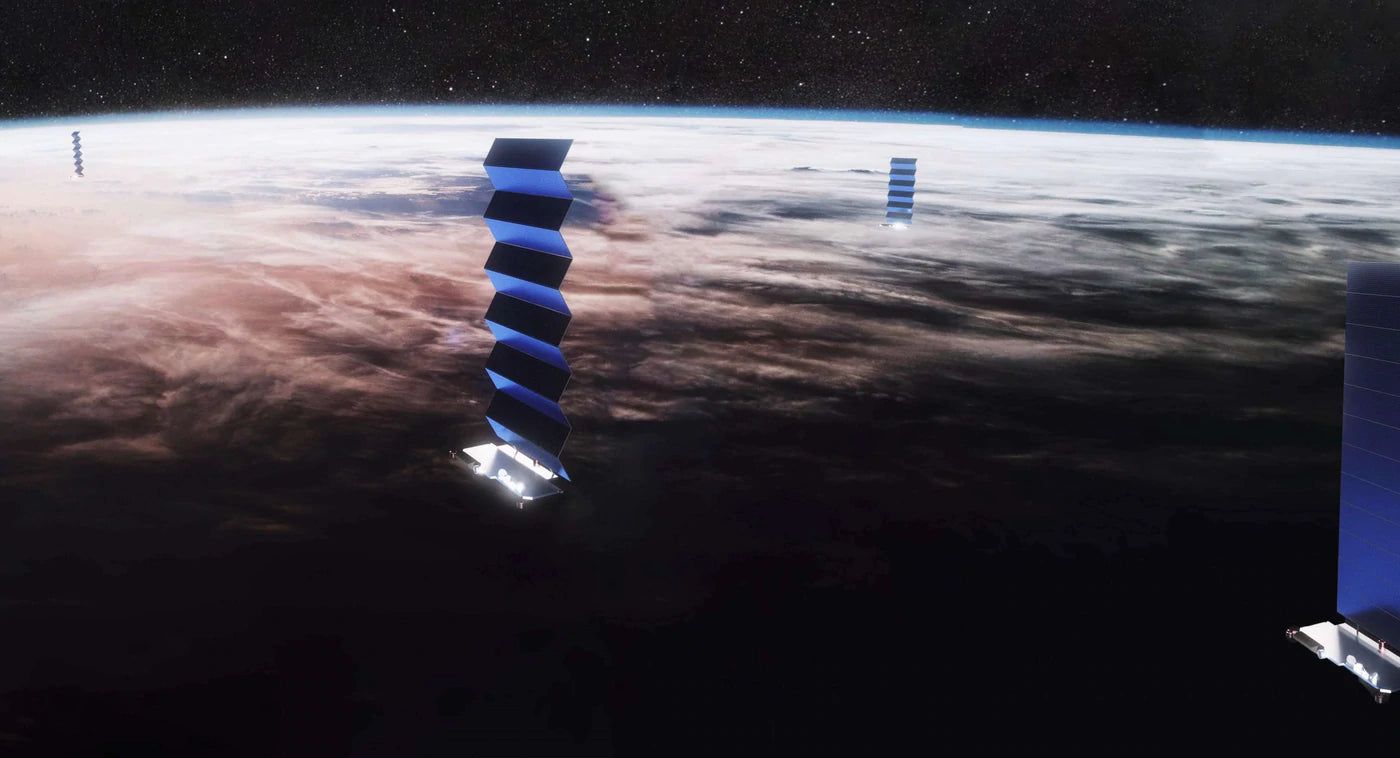Mega-constellations of satellites could destroy the ozone layer
Follow us on Google News (click on ☆)

Image SpaceX
When these satellites re-enter the atmosphere, they release aluminum oxides, harmful particles that erode the ozone layer. According to a study published in Geophysical Research Letters, the quantity of these oxides has increased exponentially between 2016 and 2022 and will continue to grow as the number of low Earth orbit satellites increases.
The 1987 Montreal Protocol successfully regulated ozone-depleting CFCs, promising the gradual restoration of the ozone layer within fifty years. However, the unforeseen increase in aluminum oxides could undermine this progress, according to the study's authors.
Currently, out of the 8,100 objects in low Earth orbit, 6,000 are Starlink satellites launched by SpaceX. With permission to launch up to an additional 42,000 satellites, the company is leading this movement, followed closely by Amazon and other companies planning similar constellations.
Low Earth orbit communication satellites have a lifespan of about five years. To maintain Internet service, companies must regularly launch replacement satellites, thus perpetuating a cycle of planned pollution.
A simulation of a satellite disintegration in a wind tunnel.
Credit: European Space Agency/German Aerospace Center
Credit: European Space Agency/German Aerospace Center
Aluminum oxides trigger destructive chemical reactions for stratospheric ozone, which protects Earth from harmful UV rays. These oxides, not consumed by chemical reactions, continue to destroy ozone molecules for decades as they drift through the stratosphere.
Little attention has been paid to the pollutants produced during satellite disintegration. Previous studies mainly focused on the consequences of launching spacecraft. The new study by the University of Southern California is the first to quantify this lasting pollution in the upper atmosphere.
To get a more accurate picture of pollution from satellite re-entry, researchers modeled the chemical composition of satellite materials and their interactions at the molecular and atomic levels. They found that aluminum oxide particles can take up to 30 years to reach stratospheric altitudes, where 90% of Earth's ozone is located.
Researchers estimate that by the time the planned constellations are fully deployed, each year, 912 tons (828 metric tons) of aluminum will fall to Earth, releasing about 360 tons (327 metric tons) of aluminum oxides into the atmosphere, a 646% increase over natural levels.